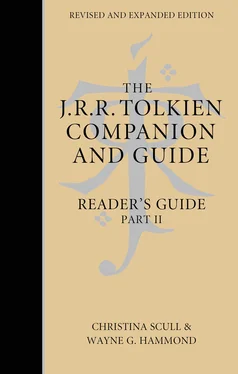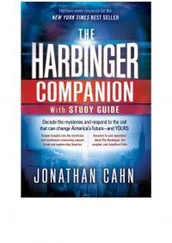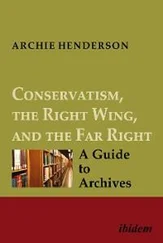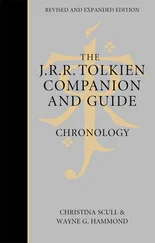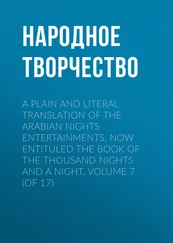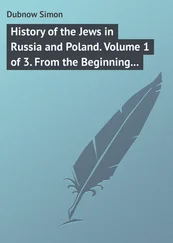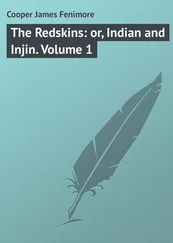To intimates such as Edith or his Aunt *Jane Neave he would sign his letters ‘Ronald’. To friends such as *Katharine Farrer and *Donald Swann he signed ‘Ronald Tolkien’, and to *C.S. Lewis ‘J.R.R.T’. His formal signature was ‘J.R.R. Tolkien’. In 1964, when Allen & Unwin wanted to include a facsimile signature on the title-page of * Tree and Leaf , as was their custom for publications in their ‘U Books’ series, and sent Tolkien a sample with ‘Ronald Tolkien’, he wrote to Ronald Eames at Allen & Unwin: ‘I do not and never have used the signature “Ronald Tolkien” as a public or auctorial signature and I do not think it suitable for the purpose’ (3 February 1964, Tolkien–George Allen & Unwin archive, HarperCollins). In letters from his *T.C.B.S. friends Tolkien was called variously ‘Gabriel’, ‘Gab’, ‘Cludhari’ – nicknames whose origin is obscure and not mentioned in surviving correspondence – but mainly ‘John Ronald’, with isolated instances of ‘Ronald’ or ‘JRRT’. His few surviving letters to the T.C.B.S. are signed ‘John Ronald’. In a letter to *Joy Hill of 26 December 1971 he noted that his contemporaries used to write his initials as ‘JR 2T’ and pronounce them ‘to rhyme with dirt ’ (collection of René van Rossenberg).
According to Humphrey Carpenter, when Tolkien ‘was an adult his intimates [presumably other than family] referred to him (as was customary at the time) by his surname, or called him “Tollers”, a hearty nickname typical of the period. To those not so close, especially in his later years, he was often known as “J.R.R.T.”’ ( Biography , p. 13).
The correspondence between Tolkien and the publishing Unwins, *Stanley and *Rayner, is an interesting lesson in the nuances of methods of address. In 1937 Tolkien wrote to ‘Dear Mr Unwin’ and signed himself ‘J.R.R. Tolkien’; Stanley Unwin replied to ‘Dear Professor Tolkien’. During 1944 they wrote to ‘Dear Unwin’ and ‘Dear Tolkien’. In 1946, after Stanley Unwin received a knighthood, Tolkien began his letters ‘Dear Sir Stanley’, while Unwin continued to write ‘Dear Tolkien’. Despite the fact that he had been addressing letters to ‘Dear Tolkien’ for some time, on 28 July 1947 Stanley Unwin wrote: ‘Dear Tolkien (If I may thus address you in the hope that you will call me “Unwin”)’ (Tolkien–George Allen & Unwin archive, HarperCollins). Tolkien replied: ‘Dear Unwin, I will certainly address you so, cum permissu [with permission], though it hardly seems a fair exchange for the loss of “professor”, a title one has rather to live down than to insist on’ ( Letters , p. 120).
When Rayner Unwin began to correspond with Tolkien in 1952 he addressed him as ‘Dear Professor Tolkien’, and Tolkien replied to ‘My dear Rayner’ or ‘Dear Rayner’. At first Tolkien signed his letters ‘J.R.R. Tolkien’, but by about 1960 he began to sign ‘Ronald Tolkien’. On 15 December 1965 Tolkien wrote to Rayner Unwin:
Do you think you could mark the New Year by dropping the Professor ? I belong to a generation which did not use Christian names outside the family, but like the dwarves [in his mythology] kept them private, and for even their intimates used surnames (or perversions of them), or nicknames, or (occasionally) Christian names that did not belong to them. Even C.S. Lewis never called me by a Christian name (or I him). So I will be content with a surname. I wish I could get rid of the “professor” altogether, at any rate when not writing technical matter. It gives a false impression of “learning”, especially in “folklore” and all that. It also gives a probably truer impression of pedantry, but it is a pity to have my pedantry advertised and underlined, so that people sniff it even when it is not there. [ Letters , pp. 365–6]
From that point Rayner wrote to ‘Dear Tolkien’. Seven years later, on 30 March 1972, Tolkien wrote to Rayner Unwin: ‘Would it be possible for you to use my Christian name? I am now accepted as a member of the community here [Merton College] – one of the habits of which has long been the use of Christian names, irrespective of age or office – and as you are now a v[ery] old friend, and a very dear one, I should much like also to be a “familiaris”’ ( Letters , p. 418).
He did not care whether he was addressed as ‘Professor’ or ‘Mr’; on 12 December 1955 he wrote to Mr Smith at Allen & Unwin that ‘there is no need to alter “Mr” to “Professor”. In proper Oxford tradition professor is not a title of address – or was not, though the habit has drifted in from places where “professors” are powerful little domestic potentates’ ( Letters , p. 230).
Names and Required Alterations. Parallel list of names in Qenya (later Quenya, see *Languages, Invented) from The Cottage of Lost Play (* The Book of Lost Tales ), with equivalents in Gnomish (Goldogrin, later Sindarin), published in Parma Eldalamberon 15 (2004), pp. 5–18, edited with commentary and notes by Patrick H. Wynne.
This work appears to date from ?1917–?1919. An appendix ‘assembles a variety of isolated words, linguistic notes, and phonological charts from the Lost Tales [ Book of Lost Tales ] notebooks that could not be conveniently presented in previous issues of Parma Eldalamberon ’ (p. 6).
‘Names of the Valar’. List of names of the Valar (*‘The Silmarillion’), arranged by gender, published as part of ‘Early Qenya Fragments’ in Parma Eldalamberon 14 (2003), pp. 11–15, edited with commentary and notes by Patrick Wynne and Christopher Gilson.
Originally written only in Qenya (later Quenya, see *Languages, Invented), Gnomish (Goldogrin, later Sindarin) forms were added later by Tolkien. The work is contemporary with * The Book of Lost Tales , but probably later than * Corrected Names of Chief Valar , i.e. from the ?first half of 1919.
Napier, Arthur Sampson(1853–1916). A.S. Napier, educated at Owens College, Manchester and Exeter College, *Oxford, taught at Berlin and Göttingen before becoming the Merton Professor of English Language and Literature at Oxford in 1885. In 1903 he became, as well, Rawlinsonian Professor of Anglo-Saxon. Napier’s appointment to the Merton Professorship, on the establishment of that chair, strengthened the language side of English studies at Oxford – he was one of three professors of *Philology, together with John Earle and F. Max Müller – to the regret of those who pictured the philologists ‘lecturing simultaneously on Beowulf to empty benches, while there was no one to lecture on Shakespeare and Milton’ (D.J. Palmer, The Rise of English Studies (1965), p. 87). In fact, Napier would later play a key role, with *Walter Raleigh, in bifurcating the Oxford English syllabus to make it more attractive to students whose primary interest was literature rather than language (from 1908 only four of ten papers were required in common of all students reading English, with the other six oriented to suit the language or literature specialty).
Never robust, during the last ten years of his life Napier was frequently in ill health, but was ably assisted by *Kenneth Sisam, whose B.Litt. thesis Napier supervised. Tolkien later recalled meeting Napier when, as an undergraduate at Oxford, he changed his course of study from Classics to English Language and Literature: ‘I recall that I was ushered into a very dim room and could hardly see Napier. He was courteous, but said little. He never spoke to me again. I attended his lectures, when he was well enough to give them’ (letter to *N.R. Ker, 22 November 1970, Letters , p. 406). These definitely included, in Michaelmas Term 1913, lectures on English Historical Grammar and on Old English Dialects, and in Michaelmas Term 1914 and Hilary Term 1915, on * Pearl and * Beowulf (see further, Chronology ).
Читать дальше
